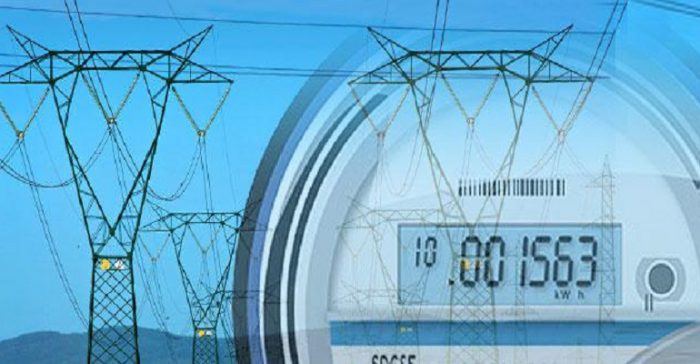Jesse Remillard, ERS, for Zondits
A recent episode on the 99% Invisible podcast investigates how electric meters work and the origins of net metering, as well as the future of electricity markets. The 99% Invisible podcast is all about the things that largely go unnoticed but are essential to the modern world we live in. The “Reversing the Grid” episode tells us that in the 1970s, Steven Strong, an electrician, installed some of the first solar panels. At the time, there was no guidance for installers on how to set up the connection, and Strong decided that he would send excess electricity back to the grid when generation exceeded building demand, setting a precedent for modern net metering rules.
Since then, net metering legislation has been passed in many states. Originally, utility companies did very little to contest these new rules, but at the time solar was far more expensive and a niche market. Fast forward to the twenty-first century where solar panels have gotten much, much cheaper – such that they now challenge traditional generation sources for the cost of electricity. There are huge battles being fought over what rate to pay end users who own solar panels or other distributed generation sources. Those against net metering say that paying retail rates for solar power generated by end users allows them to use transmission lines without contributing to the costs of maintaining those same power lines. Those for net metering say that the value of one electron should be equal to all others.
Another option exists, though, which is to change retail electric rate structures to reflect the actual time-of-use electric costs. Current retail rate structures are fixed rates, sometimes with a peak demand component. Future retail rates could vary depending on what time of day it is and the cost of producing electricity at that time. This is called time-of-use pricing, and it could revolutionize how we think about the costs of electricity, as well as how we use electric grids.
[bctt tweet=”Future retail rates could revolutionize how we think about the costs of electricity and use the grids.” username=”ZonditsEE”]
